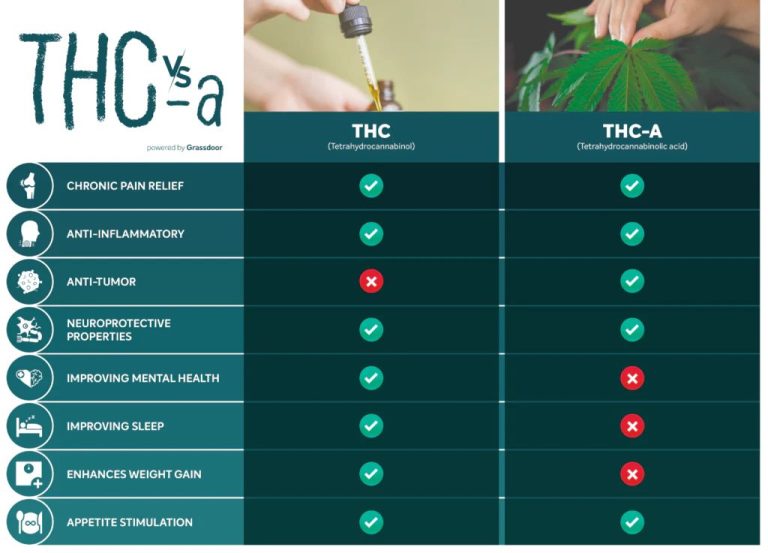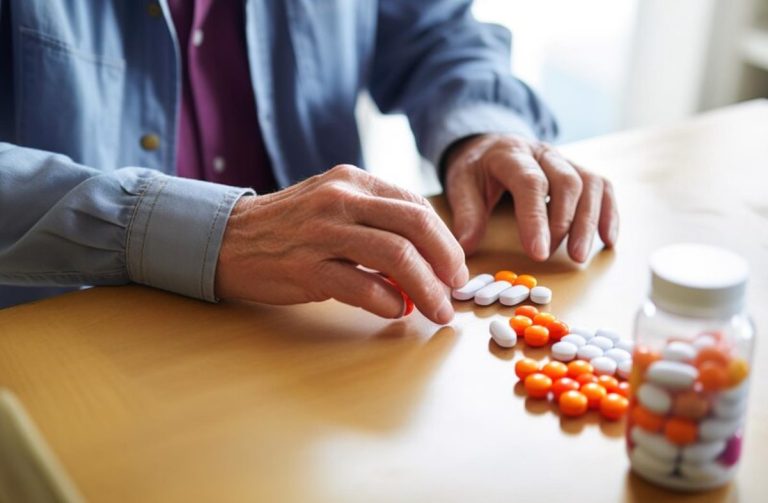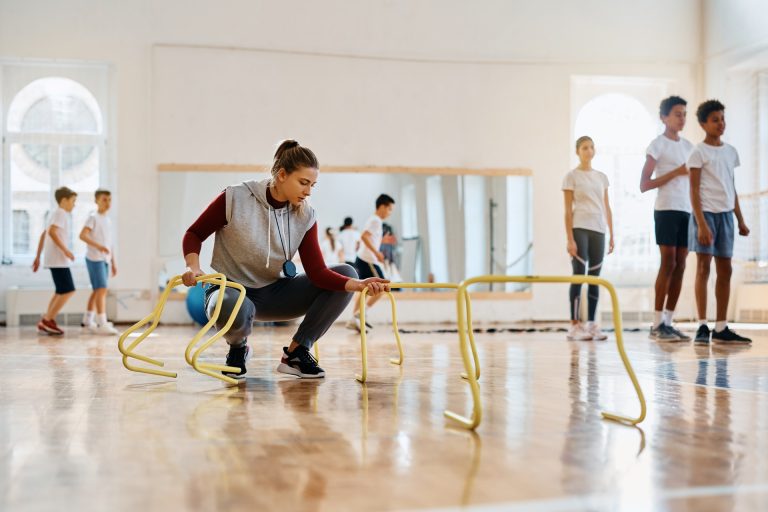How to Regain Independence After a Stroke
Recovering from a stroke presents unique challenges. Strokes affect individuals differently, impacting physical capabilities, speech, and even cognitive functions. However, with determination and the right strategies, regaining independence is entirely achievable.
This blog post aims to provide actionable tips to regain independence after a stroke. It emphasizes the importance of rehabilitation, support systems, and adaptive techniques.
Understanding Stroke Recovery
Recovery timelines after a stroke can differ widely, with some patients seeing rapid improvements and others needing a more extended period to regain independence. Rehabilitation plays a crucial role in helping stroke survivors relearn lost skills and find new ways to perform tasks. Professionals such as physical therapists, occupational therapists, and speech-language pathologists often guide this process.
Setting realistic goals and celebrating small victories can significantly impact morale and motivation. Engaging in a multidisciplinary approach, which may include psychological support, can further enhance the recovery process by addressing the emotional and mental health challenges that often accompany stroke recovery.
Embracing Physical Rehabilitation
Physical rehabilitation focuses on improving strength, coordination, and mobility. Exercises tailored to the individual’s specific needs help rebuild muscle control and prevent complications. An assistive walking device can be a valuable tool for those working to regain mobility, providing the necessary support to move safely and confidently.
Consistent practice and adherence to prescribed exercises play a pivotal role in recovery. And, in addition to standard rehabilitation exercises, incorporating activities such as swimming or stretching can offer low-impact options that promote flexibility and reduce muscle stiffness.
Enhancing Communication Skills
For many stroke survivors, communication poses a significant hurdle. Speech therapy aims to improve speech and language skills, but recovery doesn’t stop there. Engaging in simple conversations, reading aloud, and using technology-assisted communication tools can also foster improvement. Patience and persistence are key, as progress in regaining communication skills can vary widely.
Additionally, participating in group therapy or support groups can offer opportunities to practice communication in a supportive environment. Apps designed for speech therapy can provide convenient, daily exercises to accelerate progress.
Leveraging Occupational Therapy
Occupational therapy helps individuals regain the ability to perform daily activities, from dressing to cooking. Therapists introduce adaptive equipment and techniques to overcome physical limitations. Learning to adapt and adopt new methods for familiar tasks enables stroke survivors to reclaim a sense of independence and control over their lives.
Additionally, occupational therapists can assess the home environment and suggest modifications to enhance safety and functionality. They also work on fine motor skills, which are crucial for tasks like writing or using utensils, further promoting independence in daily activities.
Building a Supportive Network
Recovery from a stroke can feel isolating, but you don’t have to go it alone. Support from family, friends, and stroke recovery groups offers emotional solace and practical assistance. Sharing experiences and strategies with others who understand the challenges of stroke recovery can provide valuable insights and encouragement.
Online forums and social media groups dedicated to stroke recovery also offer a platform to connect with others facing similar challenges, making it easier to find support at any time. Additionally, engaging with professional counselors or psychologists who specialize in stroke rehabilitation can help manage the emotional and psychological aspects of recovery.
Adopting a Healthy Lifestyle
A healthy lifestyle supports recovery and reduces the risk of future strokes. This includes a balanced diet, regular exercise within capability limits, and, if necessary, smoking cessation and moderation in alcohol consumption. Monitoring and managing other health conditions, such as hypertension or diabetes, are also critical components of a comprehensive recovery plan.
Incorporating heart-healthy foods that are low in saturated fats, cholesterol, and sodium can further improve cardiovascular health. Staying hydrated and limiting intake of processed foods and sugars can also play a significant role in maintaining overall well-being and supporting recovery efforts. Establishing a consistent sleep schedule promotes healing and helps regulate body functions, enhancing the recovery process.
Staying Positive and Patient
The path to regaining independence after a stroke is often long and marked by ups and downs. Maintaining a positive outlook and being patient with oneself during the recovery process are vital. Celebrating each achievement, no matter how small, fosters a sense of accomplishment and fuels further progress.
Incorporating mindfulness and relaxation techniques can help manage the emotional stress of recovery. Seeking professional mental health support when needed can also provide strategies to cope with frustration and depression, which are common during rehabilitation.
Conclusion
Regaining independence after a stroke requires dedication, patience, and the right support. With a multifaceted approach, individuals can make significant strides toward reovery. Embracing the journey with resilience, seeking support when needed, and focusing on incremental progress can transform the challenge of recovery into an opportunity for personal growth and renewed appreciation for life’s possibilities.






